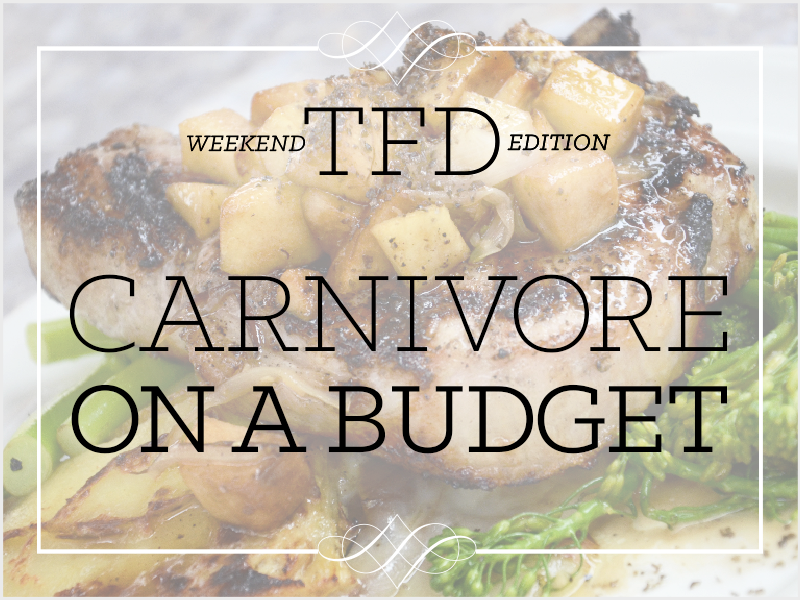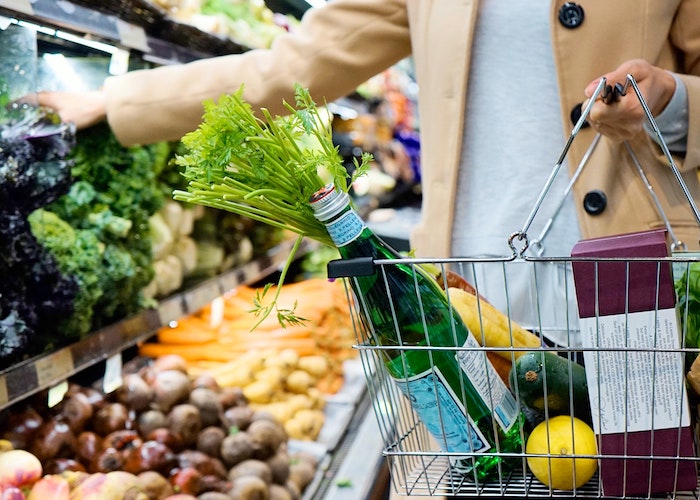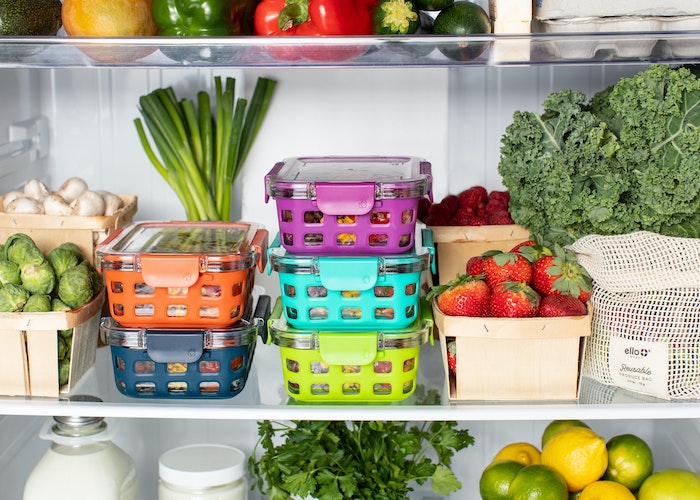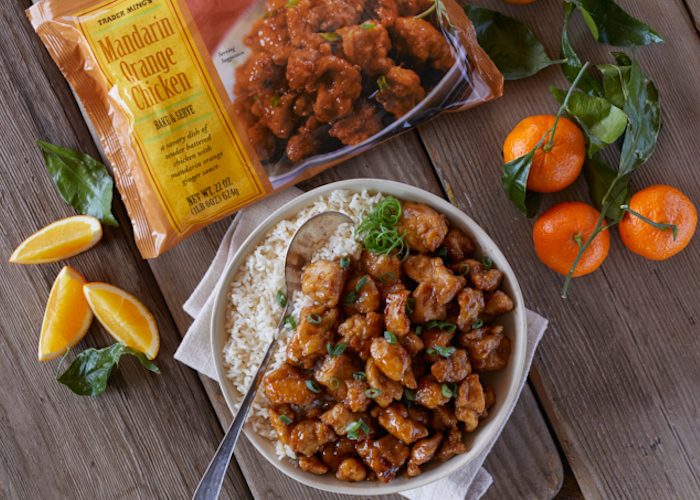How To Find Quality Groceries On A Budget (Even As A Carnivore)
Moving to a major city has been amazing for expanding my culinary horizons, but terrible for both my waistline and my wallet. After emerging from a post-LSAT study haze, I realized that I’d fallen into the “treat yourself” mode of eating out so often that I’d spent close to a thousand dollars on takeout and restaurants, in a short amount of time. All I had to show for it was an additional ten pounds and a drained bank account.
I knew something needed to change. But here’s the thing: I love meat. I’m the sort of person who feels like a meal is incomplete if I don’t have some sort of animal product on my plate. So often in the best articles on cooking at home, and cutting back on food-related expenses, emphasize the necessity of switching to a more plant-based diet. Now, I realize there are lots of great reasons to replace meat with vegetables in your diet, both in terms of health and economics. But knowing myself, every time I’ve tried to embark on a “clean-eating” diet of some sort, I’d virtuously eat sautéed greens for a week before caving for the steak frites I really craved. I knew that any sort of diet/lifestyle change would need to leave room for the meat I loved. So over the past few months, I’ve tried to find more economical ways of making meat and seafood a part of my daily diet. Here are some of the lessons I’ve learned.
Meat is cheaper—and better quality—from real butchers.
I used to be the kind of person who only bought meat out of the freezer section at Trader Joe’s. But over the last few months, I’ve ventured away from the supermarkets, and seen that it pays off in terms of the quality and price of the meat you can find. Making the trip down to Chinatown for seafood, I’ve found it’s possible to buy two whole trout (and have them cleaned, skinned, and filleted) for as little as $10. While at the halal butcher’s place in Jackson Heights last week, I spent $6 on a whole roasted chicken, which turned into three huge dishes that kept me full for a whole week.
Butchers and fishmongers are also incredibly knowledgeable about the food they sell. My butcher has been a veritable goldmine of information on everything from the best way to marinate steak, to finding better cuts of meat for whatever dish I’m in the mood for. My butcher was also the one who taught me to love traditionally overlooked things like chicken livers, which are high in iron and protein, are FANTASTIC in a dry spice rub with red wine, and literally cost about $5 for a pound. Also, going to a halal butcher pretty much guarantees that the meat I’m buying came from an animal that was treated well and slaughtered humanely. I’ve always tried to ensure I buy meat that complies with basic humane standards, and buying from places where I can literally look next door to see how their animals are cared for is a great way to do that.
Embrace the ziploc and freezer life.
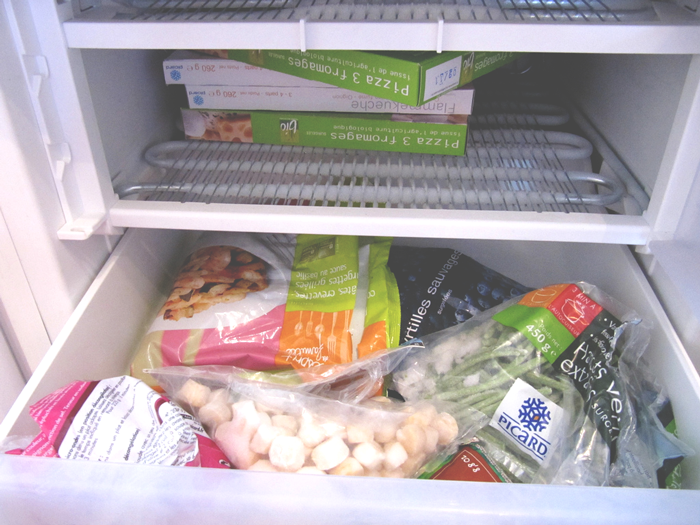 Image via Flickr
Image via Flickr
One of the best (and worst) things about switching where I shop is that going to a butcher or fishmonger is only really worth it if you’re willing to buy in bulk.—it’s way more cost-efficient and easier to haggle if you buy enough meat or fish for a few months rather than a week. Part of this has required becoming a food storage master, to minimize the number of times I have to schlep all the way across town for my meat fix. Basically anytime I buy meat or seafood now, I’ll cut it up into week-sized portions, Ziploc and label it, and stick it in the freezer. Both fish and meat freeze incredibly well without suffering at all on taste or texture. Doing this also frees me to buy larger portions of meat when a particular cut I like is on sale. For instance, my butcher was running a promotion on butterflied leg of lamb last week. I bought the equivalent of three full legs for under $30, after some serious haggling. That lamb is currently hanging out in portioned Ziploc bags in my freezer, and will be more than enough for lamb-based dishes for months to come.
Learn to make your favorite restaurant dishes at home.
 Image via Unsplash
Image via Unsplash
I used to be the kind of person who thought it was completely reasonable to spend $35 on moules frites, or $60 on a steak at restaurants, because I’d reason that this was the sort of stuff I’d never be able to cook at home. Lies. All lies. Once I found that buying a pound of mussels in Chinatown could be as little as $4, a big part of my journey towards frugal meat eating became learning to make my restaurant favorites at home. Take those mussels—all you need to do is sauté some garlic and shallots, add some white wine and a bit of cream, and let those mussels soak for ten minutes while you roast some potatoes on the side. Boom—homemade moules frites for under $10. Finding ways to replicate my favorite restaurant meals at home has been a lifesaver for both my waistline and my wallet, while still feeling like I get to ~treat myself~ every so often.
Add veggies, don’t replace them.
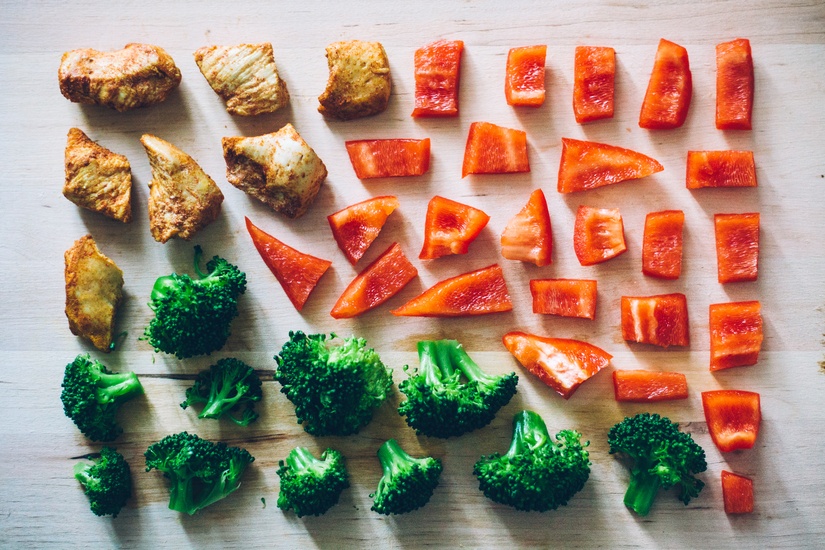 Image via Pexels
Image via Pexels
Admittedly, a big part of my new culinary adventures has been making peace with vegetables, and making a point to include more of them in my meals. Rather than cutting out the things I like, I’ve found that I’m fuller and happier not by replacing my grilled steak, but by adding a side of roasted Brussels sprouts; or stirring in a bag of spinach into my Bolognese sauce.
The biggest thing I’ve learned is that diet or lifestyle changes need to be sustainable in order to work long-term, and I’m never going to be the type of girl who’s satisfied with a kale salad for lunch. But adding things I know are good for me nutrition-wise, rather than aiming to replace the things I love, has been a sustainable, relatively easy way of eating better and being happier with my nutrition choices.
So yes, I’m still the kind of girl who can’t survive without some sort of meat on my plate. But I’ve found ways to be that person on a budget. I make better choices about where I buy my meat, and find greater satisfaction in preparing an amazing garlic-rubbed roast lamb at home, than any Seamless order could ever give me. Eating out has finally gone back to being an experience, rather than an everyday occurrence—and both my bank balance and bathroom scale are a lot better for it.
Meghan is a national security researcher and occasional photographer in NYC. You can find her on Instagram.

